Trump imposes new tariffs on $200 billion of Chinese imports in the middle of trade talks
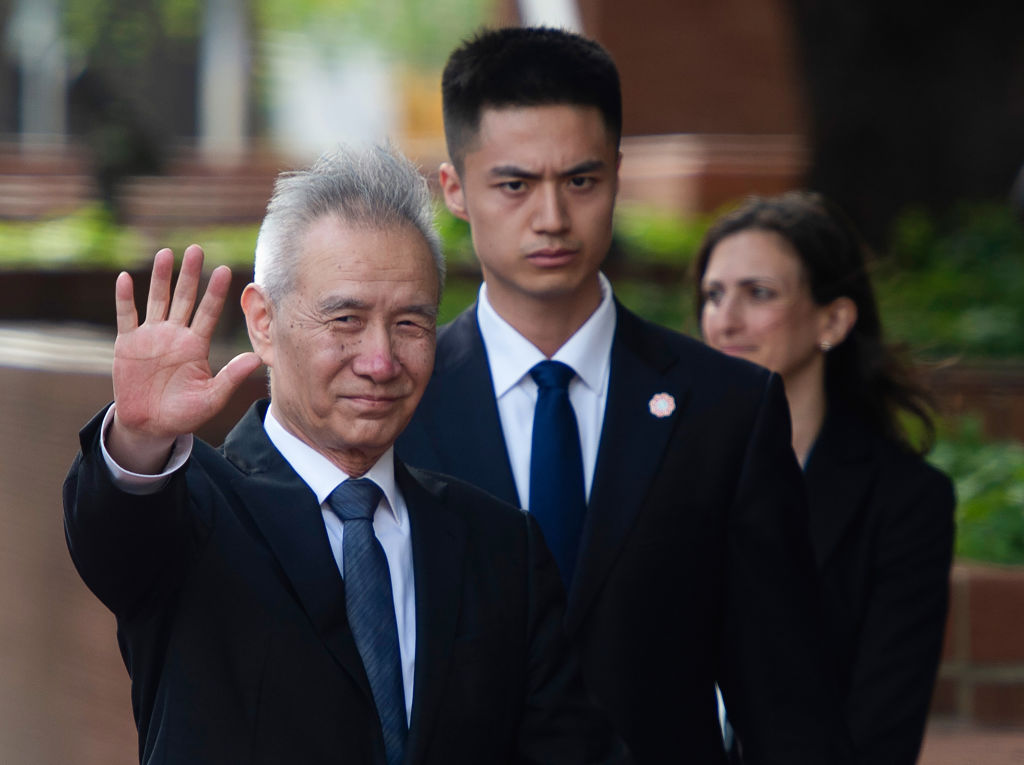

President Trump's threatened 25 percent tariff on $200 billion worth of Chinese exports took effect at 12:01 a.m. Friday, halfway through high-level trade talks in Washington, D.C., led by Chinese Vice Premier Liu He. The tariffs, up from 10 percent, will be in force for shipments leaving China on Friday, so there is still a little time to work out a last-minute agreement. Both sides agreed the trade talks will continue Friday, as planned.
China's Commerce Ministry said it "deeply regrets" Trump's decision and Beijing "will have to take necessary countermeasures." A ministry spokesman added, "We hope that the U.S. and China will meet each other halfway and make joint efforts to solve the existing problems through cooperation and consultation." U.S. officials said the trade talks were progressing smoothly until China sent over significant edits over the weekend, prompting Trump's tariff threat.
Equalizing the trade imbalance with China was one of Trump's big campaign themes, and "U.S. officials said Trump's 'America First' stance rocked Chinese leaders and halted the erosion of American manufacturing and technology industries by Chinese trade practices," The Washington Post notes. But the tariffs — those imposed by Trump and the retaliatory tariffs from China — are hurting both countries, economists say.
The Week
Escape your echo chamber. Get the facts behind the news, plus analysis from multiple perspectives.

Sign up for The Week's Free Newsletters
From our morning news briefing to a weekly Good News Newsletter, get the best of The Week delivered directly to your inbox.
From our morning news briefing to a weekly Good News Newsletter, get the best of The Week delivered directly to your inbox.
On the U.S. side, U.S.-based companies pay Trump's tariffs and pass much of that cost onto consumers, and China's retaliatory tariffs are harming U.S. agriculture and many large industries. A study in March from the World Bank's chief economist and colleagues from UCLA, UC-Berkeley, and Columbia Business School found that "workers in very Republican counties bore the brunt of the costs of the trade war, in part because retaliations disproportionately targeted agricultural sectors." Read The Week's Jeff Spross explain why Trump may have the upper hand on China anyway.
A free daily email with the biggest news stories of the day – and the best features from TheWeek.com
Peter has worked as a news and culture writer and editor at The Week since the site's launch in 2008. He covers politics, world affairs, religion and cultural currents. His journalism career began as a copy editor at a financial newswire and has included editorial positions at The New York Times Magazine, Facts on File, and Oregon State University.
-
 Australia weighs new gun laws after antisemitic attack
Australia weighs new gun laws after antisemitic attackSpeed Read A father and son opened fire on Jewish families at Sydney’s Bondi Beach, killing at least 15
-
 Are Trump’s peace deals unraveling?
Are Trump’s peace deals unraveling?Today’s Big Question Violence flares where the president claimed success
-
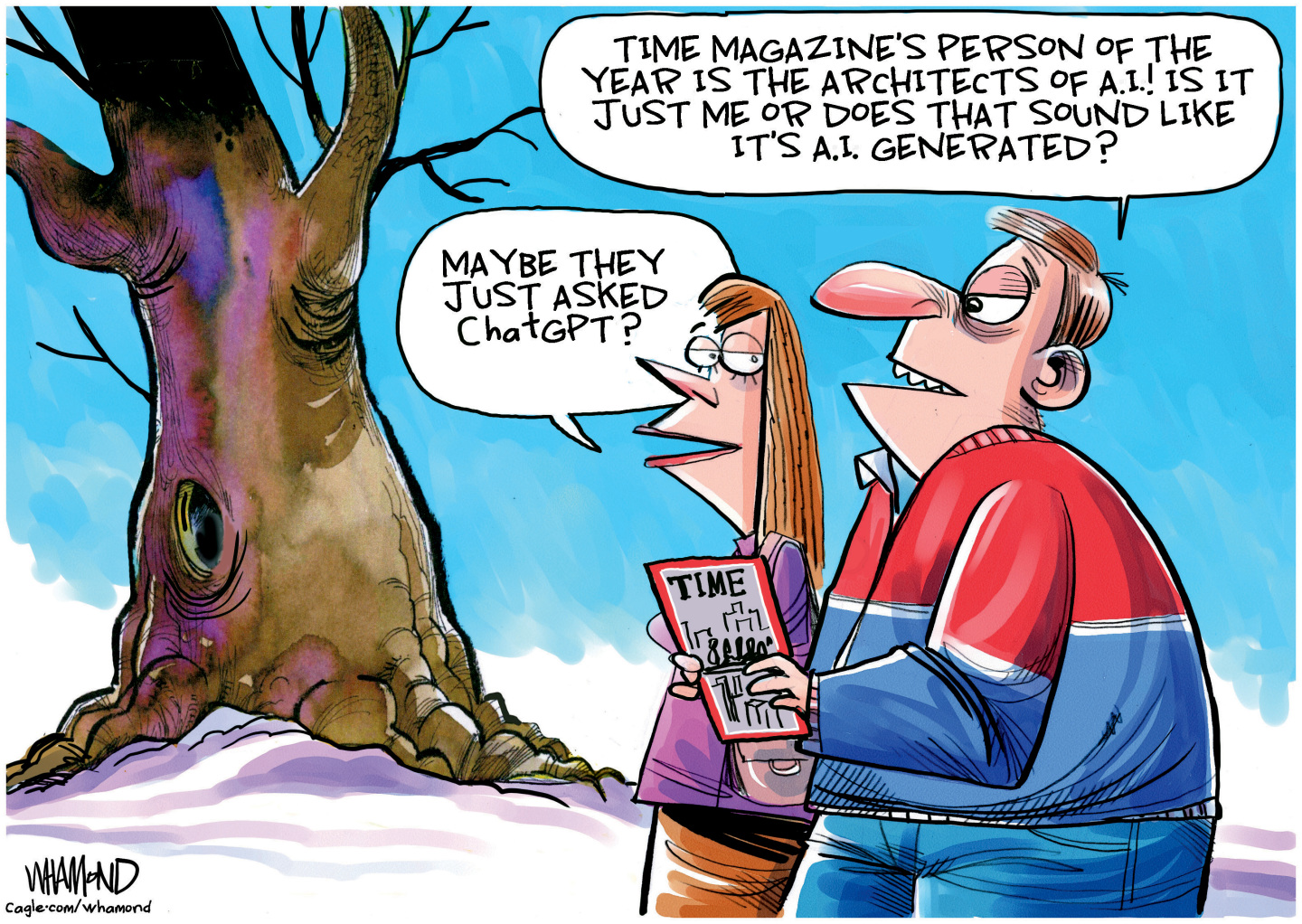 Political cartoons for December 15
Political cartoons for December 15Cartoons Monday’s political cartoons include Time's person of the year, naughty and nice list, and more
-
 What a rising gold price says about the global economy
What a rising gold price says about the global economyThe Explainer Institutions, central banks and speculators drive record surge amid ‘loss of trust’ in bond markets and US dollar
-
 US mints final penny after 232-year run
US mints final penny after 232-year runSpeed Read Production of the one-cent coin has ended
-
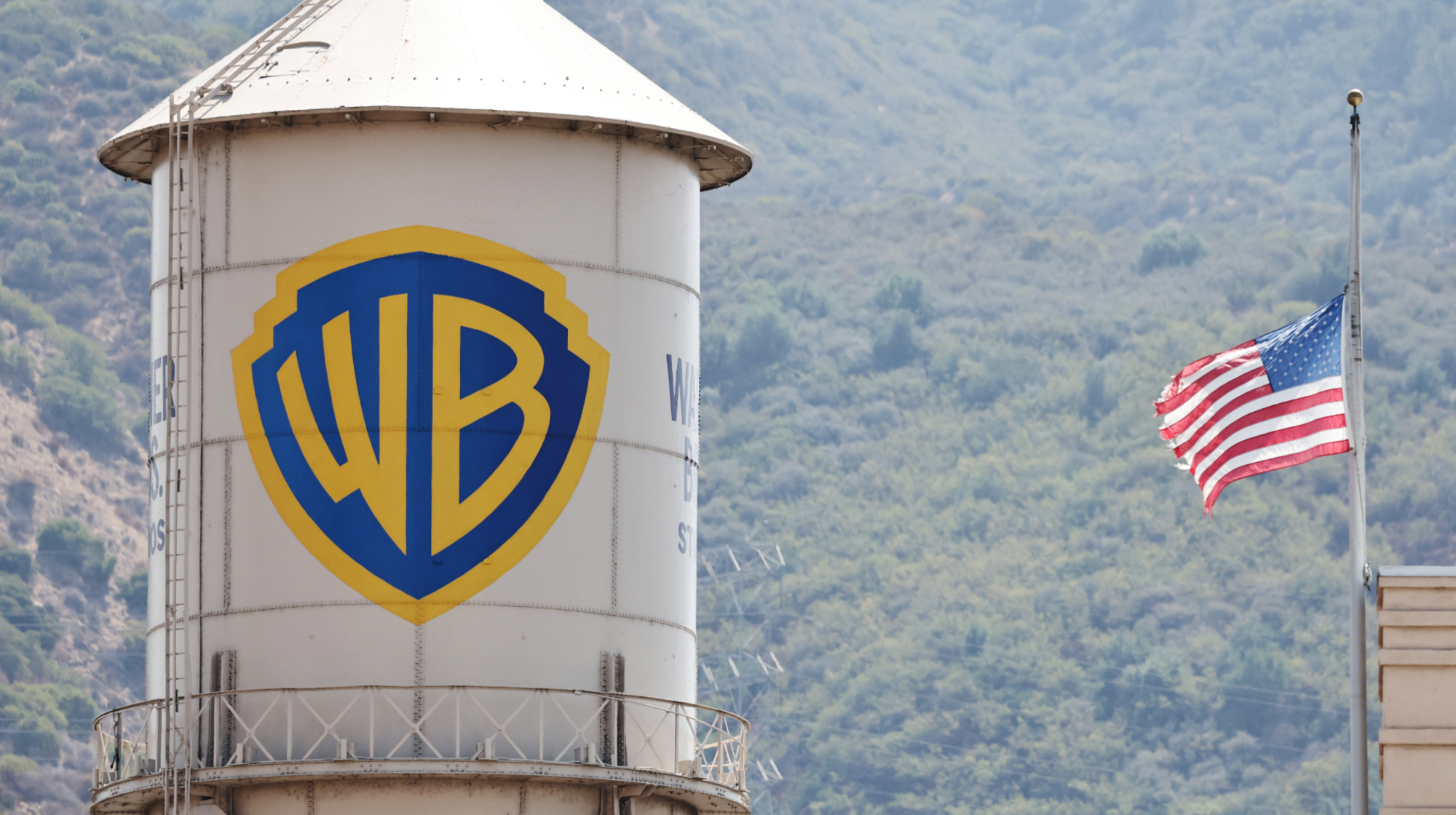 Warner Bros. explores sale amid Paramount bids
Warner Bros. explores sale amid Paramount bidsSpeed Read The media giant, home to HBO and DC Studios, has received interest from multiple buying parties
-
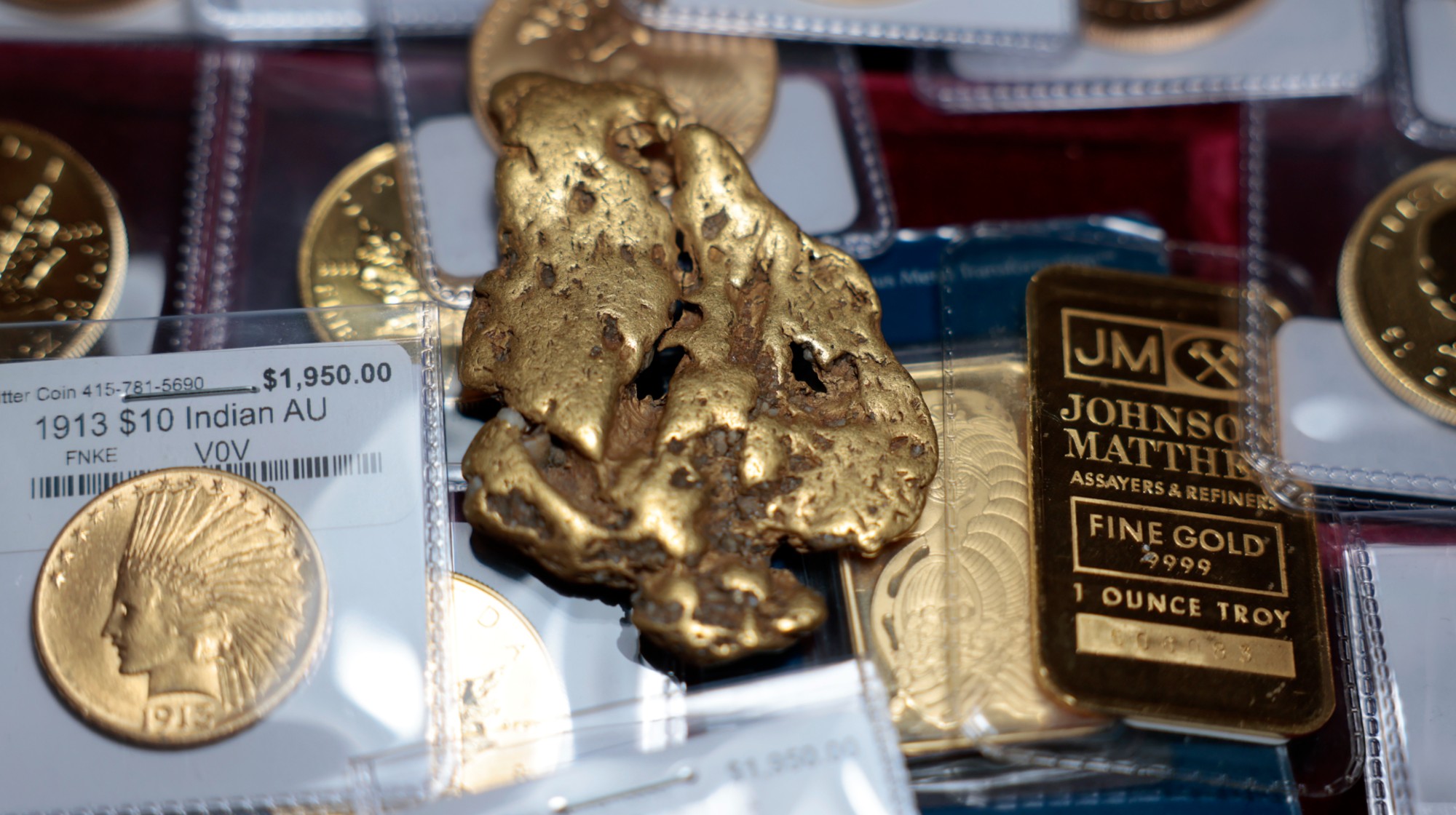 Gold tops $4K per ounce, signaling financial unease
Gold tops $4K per ounce, signaling financial uneaseSpeed Read Investors are worried about President Donald Trump’s trade war
-
 Electronic Arts to go private in record $55B deal
Electronic Arts to go private in record $55B dealspeed read The video game giant is behind ‘The Sims’ and ‘Madden NFL’
-
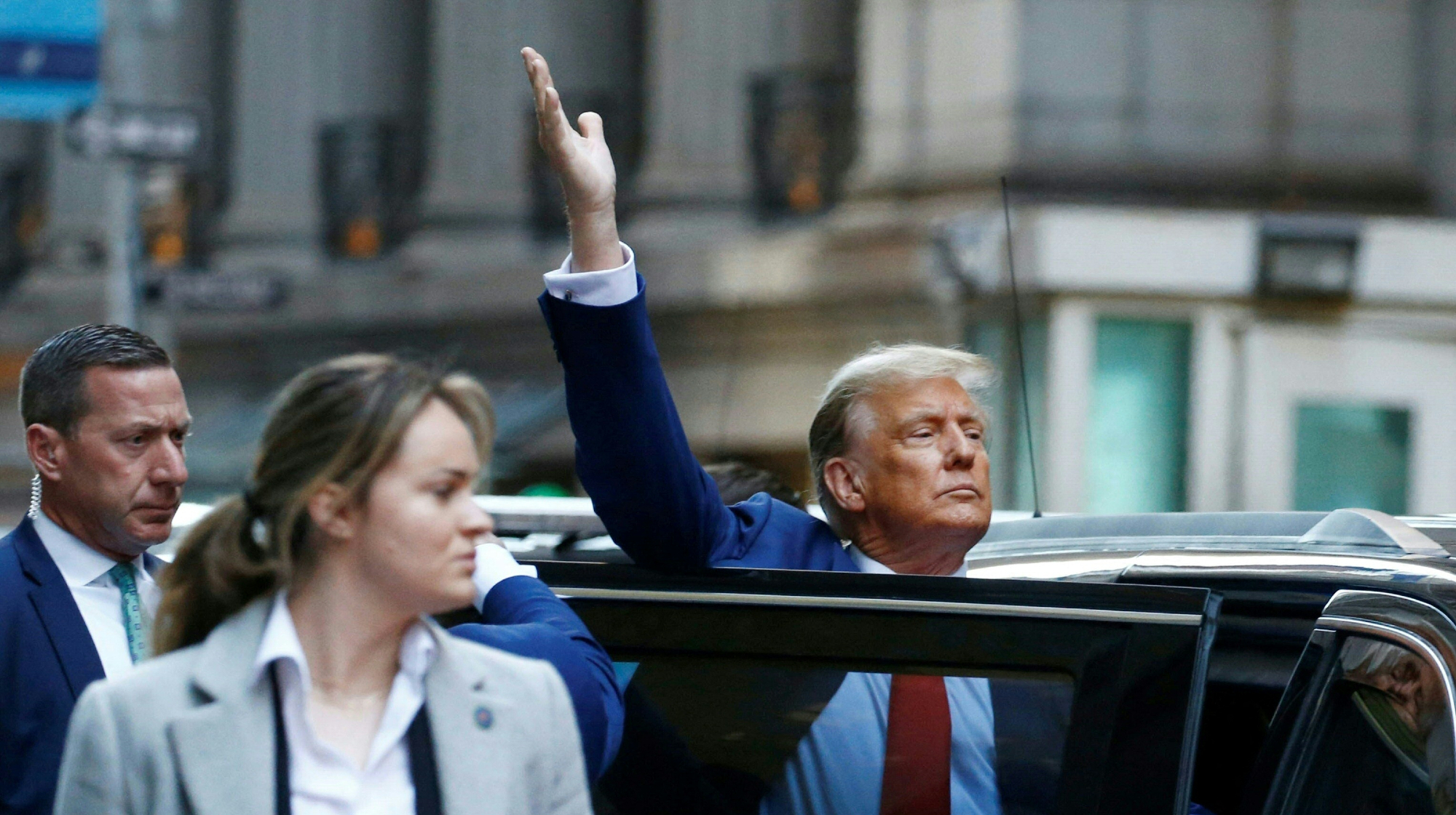 New York court tosses Trump's $500M fraud fine
New York court tosses Trump's $500M fraud fineSpeed Read A divided appeals court threw out a hefty penalty against President Trump for fraudulently inflating his wealth
-
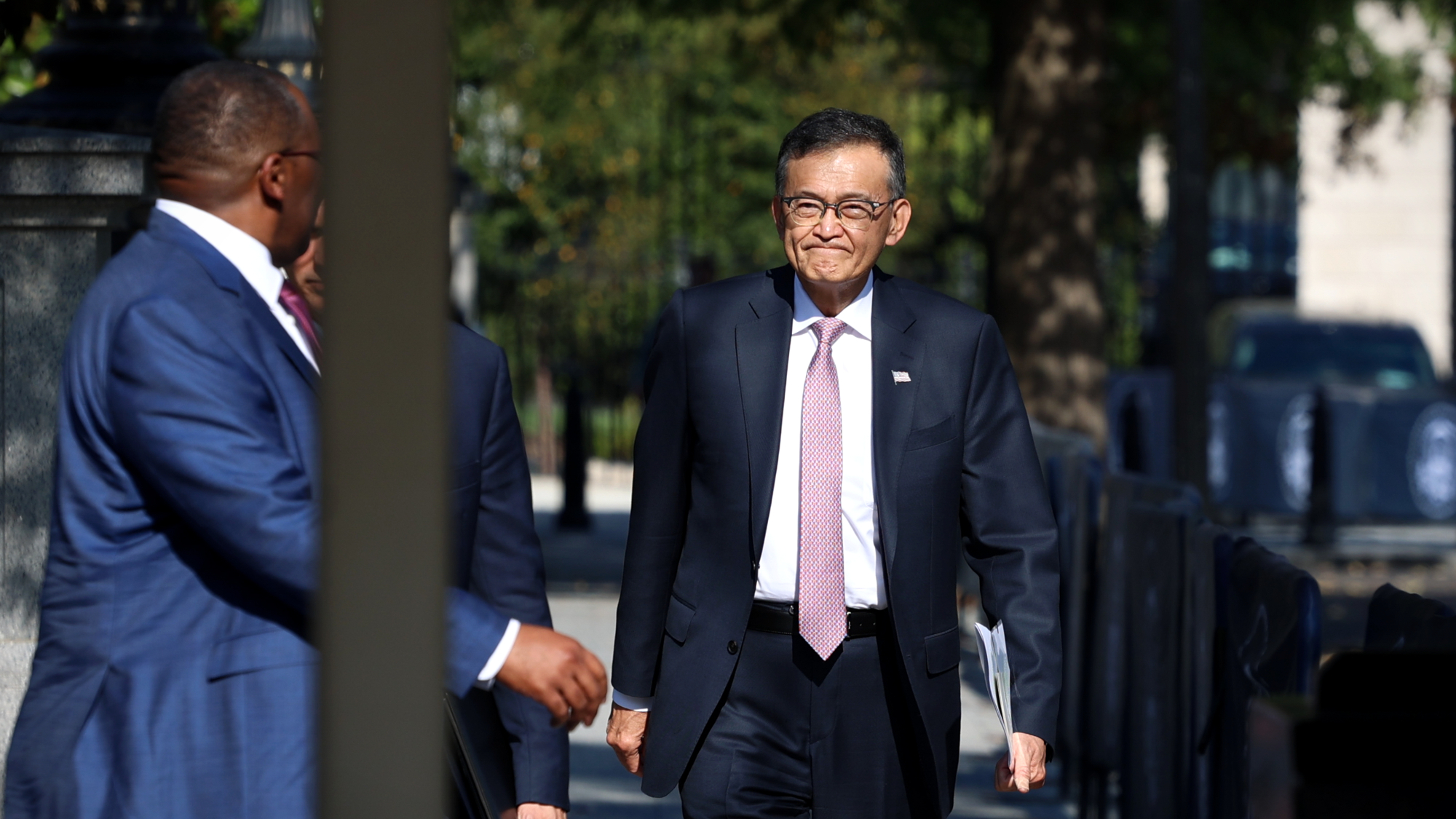 Trump said to seek government stake in Intel
Trump said to seek government stake in IntelSpeed Read The president and Intel CEO Lip-Bu Tan reportedly discussed the proposal at a recent meeting
-
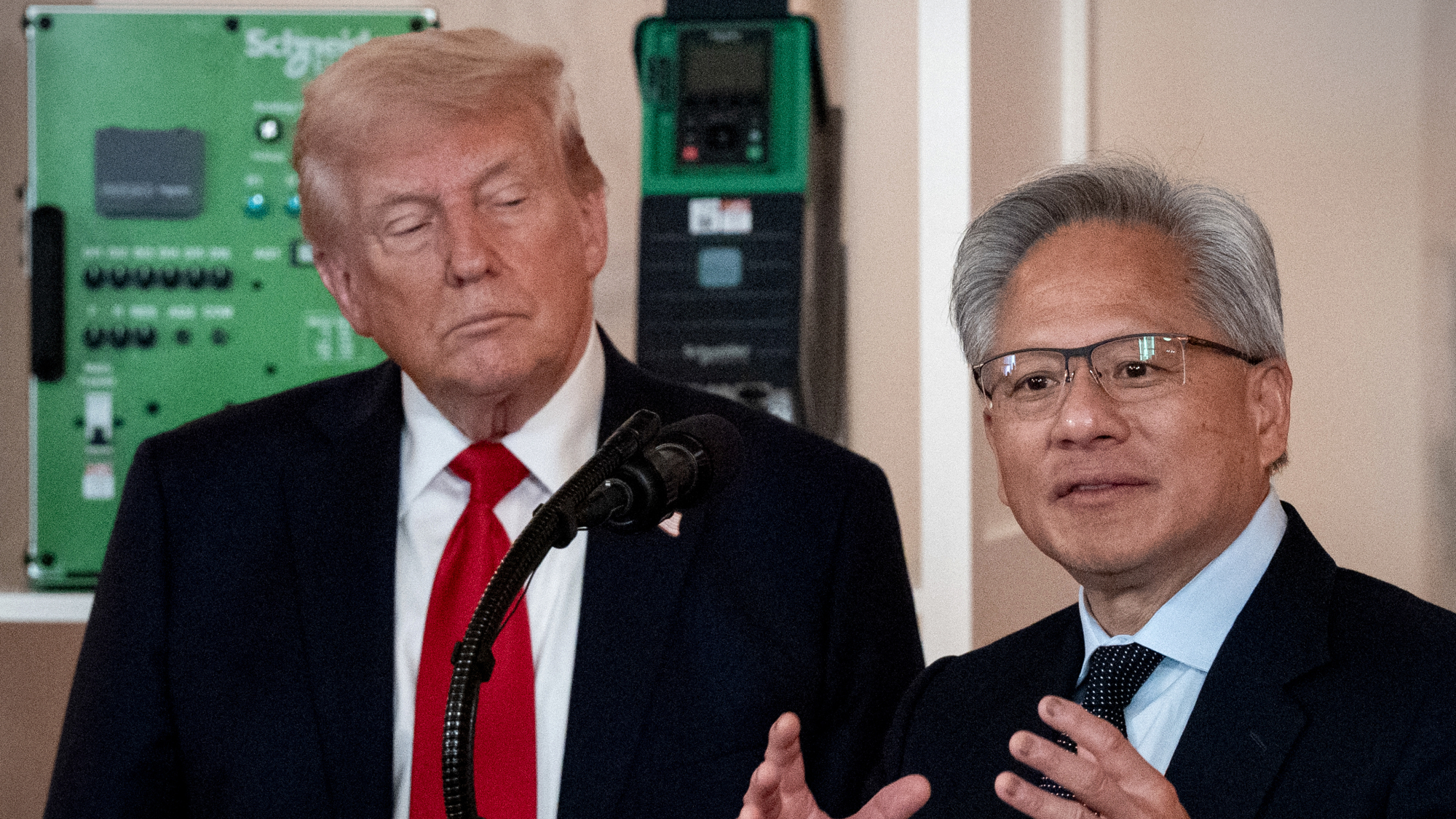 US to take 15% cut of AI chip sales to China
US to take 15% cut of AI chip sales to ChinaSpeed Read Nvidia and AMD will pay the Trump administration 15% of their revenue from selling artificial intelligence chips to China
